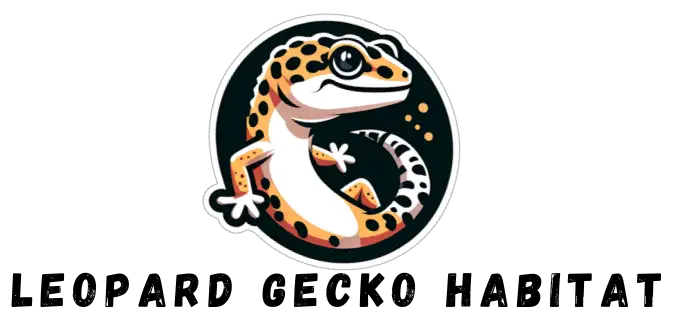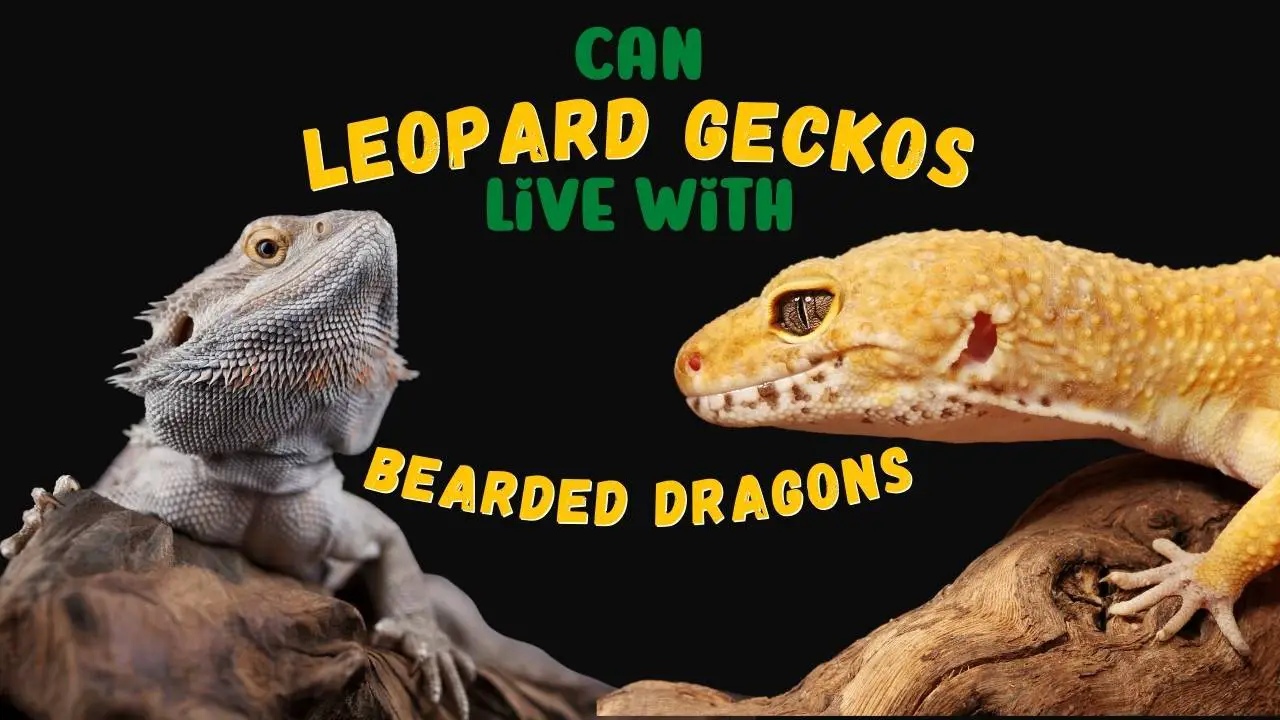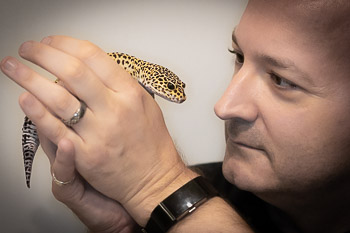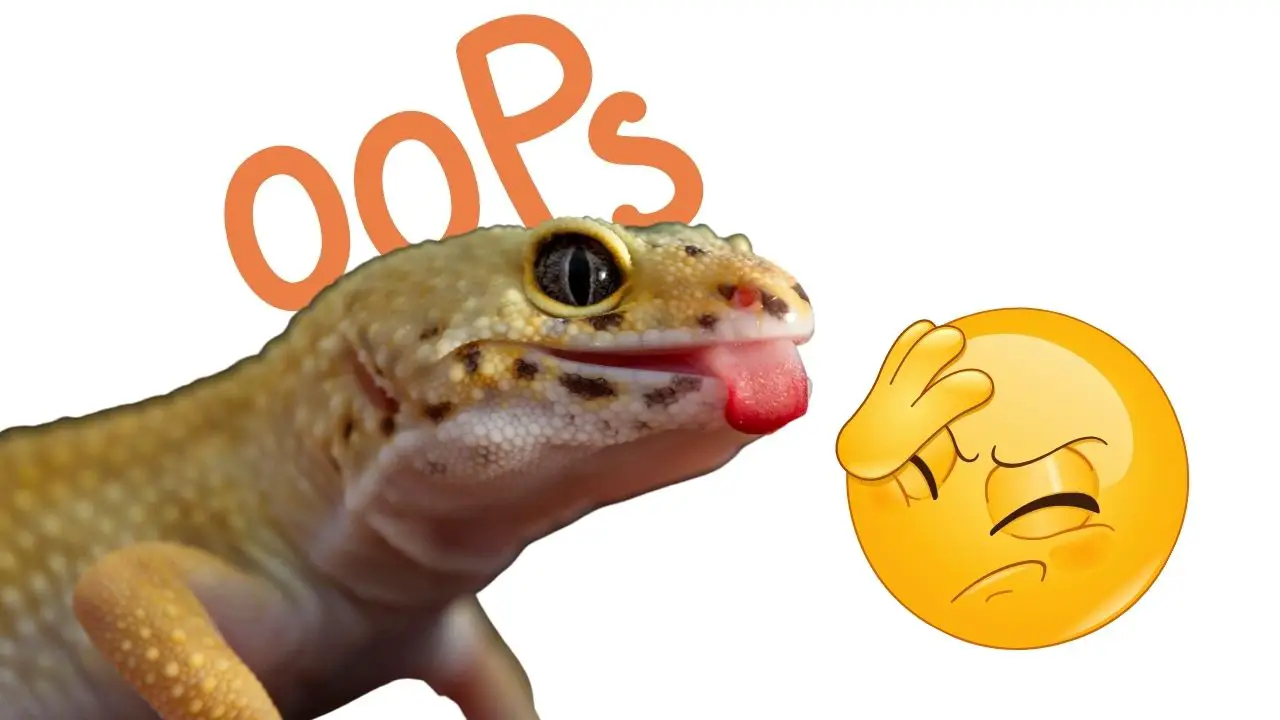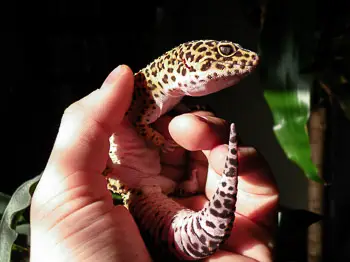Reptiles can be like Pokemon – you want to collect ’em all. However, when it comes to owning multiple species, it’s important to consider their individual needs and compatibility. One question that often arises among reptile enthusiasts is whether a bearded dragon can live with a leopard gecko.
While it may seem convenient to house a bearded dragon and leopard gecko together, the reality is that they have very different habitat requirements and temperaments. Attempting to keep them together can result in injury or even death for one or both animals.
Read on to learn why bearded dragons and leopard geckos should not be kept together, and the potential risks involved. By understanding the unique needs of each species, we can ensure that they live happy and healthy lives.
Key Takeaways
- Bearded dragons and leopard geckos cannot live together due to territorial issues and aggression towards each other.
- They have different housing requirements, including tank size, food, lighting, and temperature.
- Parasites and diseases can be unique to each species and harmful to the other.
- Keeping them together can result in injury or death to the leopard gecko and should be avoided.
Habitat Requirements
Keeping bearded dragons and leopard geckos together is not recommended due to their different habitat requirements. Bearded dragons need higher temperatures and a UVB lamp for basking, while leopard geckos need an under tank heater, and do not typically bask under a heat lamp.
Read more about leopard gecko heating options.
While both pet lizards need a temperature gradient to regulate their body temperature, the ranges are different. Bearded dragons require a basking spot of 105-110°F and a cooler side of 80-85°F, while leopard geckos need a temperature gradient of 88-92°F on the warm side and 70-75°F on the cool side.
Space requirements are another important aspect to consider. Bearded dragons can grow up to two feet long, while leopard geckos may reach 7-10 inches on average. Bearded dragons need larger tanks with plenty of space, while leopard geckos can have comparably smaller tanks and take up less space.
Bearded dragons are omnivores and require a varied diet, while leopard geckos are insectivores.
Finding a compatible reptile to keep with a bearded dragon is difficult, and it’s best to avoid keeping them with leopard geckos. Separate tank setups are not expensive and will ensure the safety and health of both animals.
Conflicting Sleep Schedules
If you want your reptiles to get proper rest, it’s important to consider their sleep schedules and avoid housing them together. Leopard geckos are crepuscular and are usually asleep during daylight hours. They prefer to be active between dusk and dawn
Bearded dragons are diurnal and active during the day. They spend quite a bit of time basking in the sunlight in their natural habitat (or under a heat lamp in captivity.)
When one species is active and the other is trying to sleep, it can cause stress and disturbance for the sleeping animal. This difference in sleep schedules can lead to sleep disruptions and behavioral conflicts if they are housed together in the same enclosure.
Both Lizard Species Can be Territorial
Both bearded dragons and leopard geckos can exhibit territorial behavior, making it challenging for them to coexist, especially for males of both species.
Leopard geckos are generally solitary creatures and prefer to be alone rather than compete with others of their own kind. They typically do not do well with other tank mates.
It’s important to note that when two different animals are forced to share territory, they could compete for food, water, and hiding spots. When an animal is bullied or denied food, it can cause malnutrition, weight loss, and stress. This is especially true when there is a significant size difference between the lizards.
Size Difference
When housing two different reptiles, such as a bearded dragon and a leopard gecko, size difference is a crucial factor to consider. Adult bearded dragons can grow up to 2 feet in length, while leopard geckos average about 7-10 inches long.
This size difference means that bearded dragons require much more space than leopard geckos. While an adult leopard gecko can comfortably live in a 20-gallon tank, a bearded dragon requires a much larger enclosure, with 40 gallons for one adult being the bare minimum.
More importantly than the size of the tank or space needed to house the lizard, safety can be a concern. Bearded dragons are known to be territorial and aggressive toward smaller creatures, which results in stress and injuries to a leopard gecko in the same tank.
Both lizards are territorial creatures, and due to the bearded dragons larger size, they can easily intimidate and stress leopard geckos in shared living quarters. In some cases, bearded dragons may even view leopard geckos as a source of food, leading to fights, injuries, or death for the smaller geckos.
Diet & Feeding
Speaking of food sources, diet is a crucial aspect of caring for any reptile, and bearded dragons and leopard geckos are no exception. Both species have different dietary needs and feeding frequencies.
Bearded dragons are usually fed a balanced diet of leafy greens and vegetables along with insects on a daily basis. Leopard geckos, on the other hand, are insectivores and cannot digest vegetables. Their diet consists mainly of insects and they require a calcium supplement to prevent metabolic bone disease. Adult leopard geckos should be fed every other day or every 2-3 days, depending on their weight and size.
As a responsible reptile owner, it’s important to consider the unique needs of each species and provide appropriate housing and care to ensure their health and well-being. It’s recommended that bearded dragons and leopard geckos are kept separately to provide the best possible living conditions for each species.
Parasites and Diseases
Parasites and diseases can harm both bearded dragons and leopard geckos if they are housed together. It’s important to prioritize disease prevention by implementing proper hygiene practices and seeking veterinary care when needed.
Before introducing a new reptile to an existing one, it’s necessary to follow quarantine protocols to prevent the spread of diseases or parasites.
If a reptile is found to have parasites, it’s essential to seek immediate parasite treatment to prevent further harm to the animal and stop the spread to other reptiles. Regular veterinary check-ups can also help identify any potential health issues before they become severe.
By prioritizing disease prevention and taking proper care of both species, they can live long, healthy lives in separate enclosures.
Wrap Up – Bearded Dragons vs Leopard Geckos
As responsible pet owners, we should take measures to create a comfortable environment for our reptiles. As much as we may wish for our bearded dragons and leopard geckos to coexist harmoniously, it’s not a feasible or safe option.
| Bearded Dragons | Leopard Geckos | |
| Habitat | Large, warm, with basking area and UVB lighting | Smaller, with hiding spaces and under tank heat sources |
| Tank Size | 40+ gallons | 20+ gallons |
| Behavior | Diurnal, active during the day | Crepuscular, active at night |
| Adult Size | 18-24 inches | 7-10 inches |
| Diet | Omnivorous, requires insects and plants | Insectivorous, primarily eat insects |
These two species are significantly different sized lizards that require distinct habitats, have different sleep schedules, and may carry parasites and diseases that could harm one another. They have different dietary needs, social tendencies, lighting, and temperature requirements.
Both animals can be territorial, and their size and stress levels could lead to potential injuries or even death. It’s important to prioritize the health and safety of our pets over our desire for them to coexist. By providing each species with its own space and care, we can ensure that they thrive and live their best lives.
Can leopard geckos be kept with other species of lizard? Reptile keepers love crested geckos and anoles. Click the links to find out if leopard geckos love them too.
